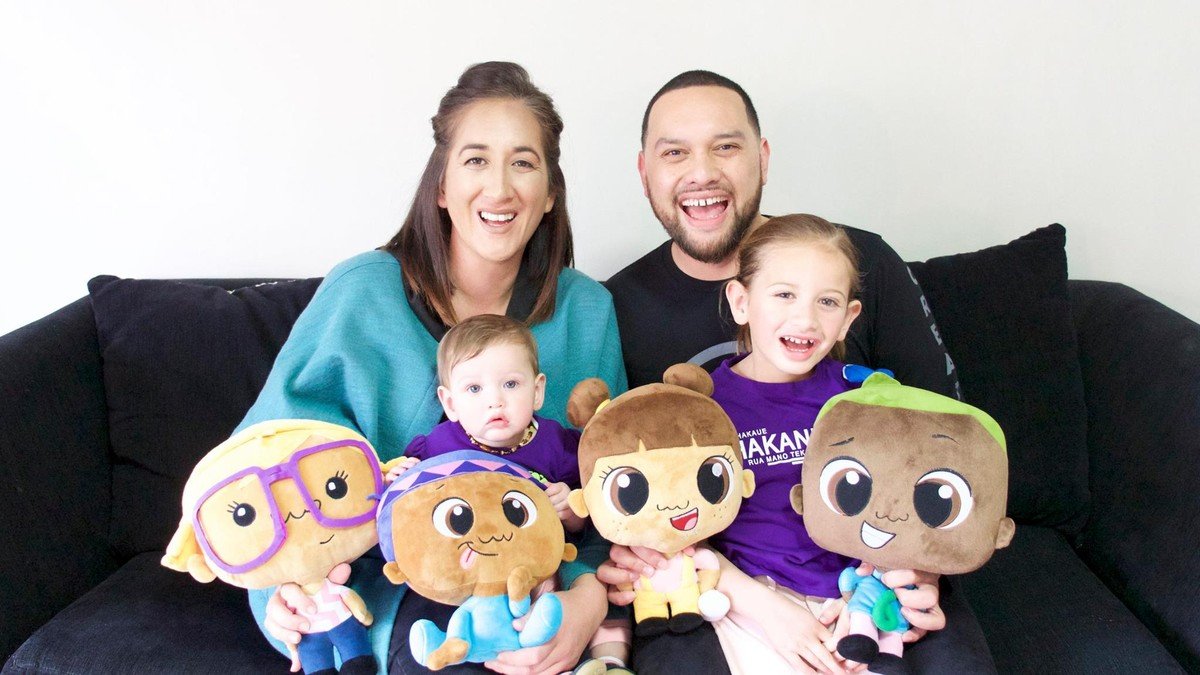New Zealand Innovation Awards: People’s Choice, Punarau Media

It’s one of the biggest challenges facing Aotearoa today: Te Reo M?ori, the language of the native M?ori people, is dying. Unless something dramatic is done, it could be functionally extinct in just a couple of generations – or less.
So here’s the challenge: helping the language not only survive, but to teach it to a new generation of people growing up in a digital-first, online world. Fail, and one of the most important parts of New Zealand’s history and cultural identity will be lost forever.
It’s also known that the best time to learn a new language is when one is young. And the folks behind “Pipi M?” know that, too – which is why they’ve come up with an innovative solution to keep Te Reo alive.
Launched in 2016, Pipi M? are the world’s first M?ori speaking dolls. They were created by H?hepa Tuahine and Kristin Ross, who learned Te Reo at university but wanted to teach the language to their children.
They realised there was a lack of toys promoting Te Reo M?ori to children, and saw how strongly kids reacted to Disney princesses. That gave them an idea – and Pipi M? was born.
As Ross told The Register in 2016: “We saw how our eldest daughter reacted to an Elsa (from Disney’s Frozen) speaking doll and thought, ‘Ha! We need a M?ori speaking doll that does the same thing.’”

Tuahine and Ross founded their company completely on their own. Each of the dolls has a traditional M?ori name (Pipi, Hura, T?toki and P?tau P?tiki) and a unique characteristic, such as Hura’s feathers in his hair and pounamu around his neck, or Pipi’s pois and the moko on her chin.
According to Tuahine: “Pipi M? takes the best of pop culture and M?ori culture to create a product that embeds the idea and behaviour into our children that the M?ori language is cool.”
They keep innovating, too. In September, they announced the launch of new Pipi M? dolls, including replaceable batteries, louder voiceboxes and kids’ voices that children can relate to.
According to M?ori language advocate and researcher Kahurangi Maxwell, the toys are important because they help encourage the normalisation of Te Reo from an early age – meaning kids are more likely to continue using the words they learn throughout their lives.
“Parents raising children in Te Reo M?ori are crying out for such toys and resources to support their efforts in the home and kura but in a way that is fun and much like many of the other toys out in the market. Pipi M? will change the way kids learn, speak and understand Te Reo and will help families to feel more confident in their everyday use of the language.”
Aside from the Pipi M? dolls, Tuahine and Ross also run popular Instagram and Facebook pages promoting Te Reo, as well as a YouTube channel called “Rere Te Whiu He Ako K?waha” that features short videos with actors teaching Te Reo. They will also soon be launching “Pipi TV.”
“Innovation to keep the past alive” may seem like an oxymoron, but that’s precisely what Tuahine and Ross are doing with Pipi M?. Or, in Te Reo: wh?ia te iti kahurangi ki te t?ohu koe me he maunga teitei (“seek the treasure you value most dearly: if you bow your head, let it be to a lofty mountain”). They’re heeding those words, being persistent and not letting obstacles prevent them from reaching their worthy goal.

Evaluator comments:




